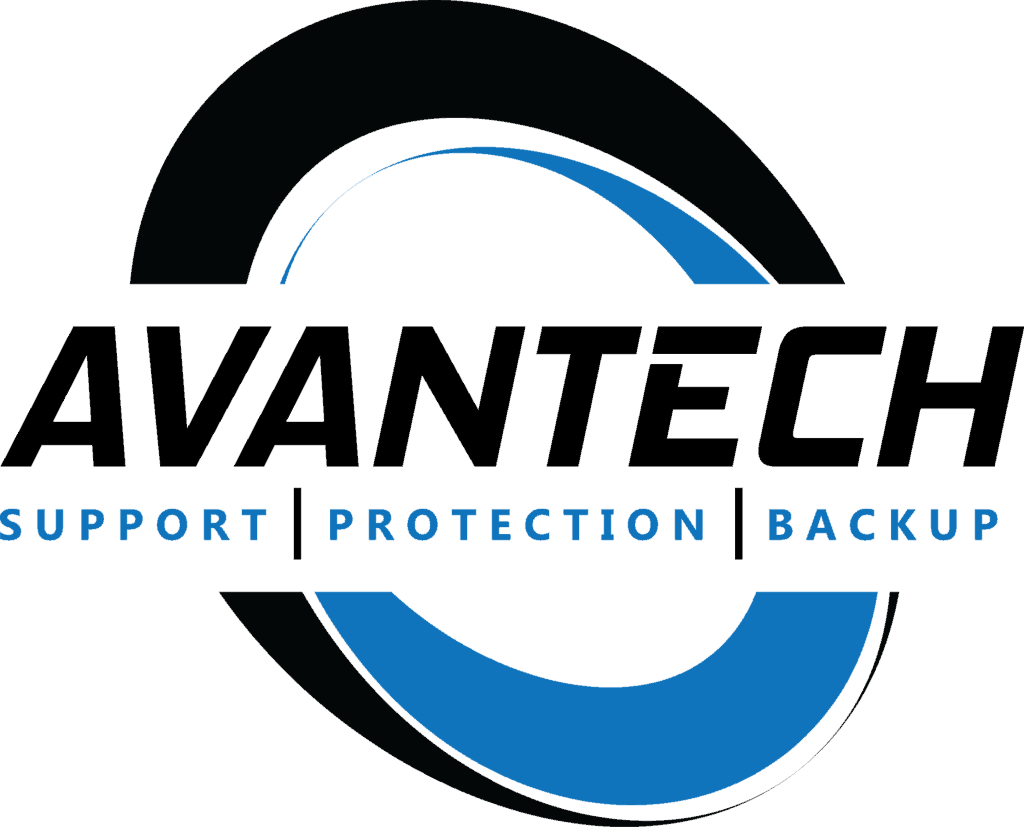In today’s fast-paced digital landscape, organizations of all sizes are becoming increasingly dependent on technology, which in turn makes them more vulnerable to cyber threats. To keep pace with the ever-evolving cyber landscape, it’s vital to adopt a proactive approach to protect your organization’s data and IT assets. One such approach is moving your organization through the Cyber Security Maturity Model (CSMM). In this post, we’ll discuss the fundamentals of the CSMM and outline the steps to help you successfully navigate through its various stages.
Understanding the Cyber Security Maturity Model
The Cyber Security Maturity Model is a comprehensive framework that provides organizations with a systematic approach to assess and improve their cybersecurity capabilities. The model has five maturity levels, each representing a different stage in an organization’s cyber security journey:
- Initial (Level 1): At this stage, the organization has limited cybersecurity measures in place and often relies on ad-hoc or reactive security practices.
- Managed (Level 2): The organization has begun to establish security policies and processes but lacks consistent implementation across the enterprise.
- Defined (Level 3): The organization has formalized cybersecurity practices and processes, with a strong focus on risk management and continuous improvement.
- Quantitatively Managed (Level 4): The organization is data-driven in its cybersecurity approach, using metrics and KPIs to continuously monitor and improve its security posture.
- Optimizing (Level 5): At this final stage, the organization’s cybersecurity practices are mature and integrated, resulting in a proactive and adaptive approach to managing cyber threats.
Steps to Move Your Organization Through the CSMM
- Assess your current state: Begin by conducting a thorough assessment of your organization’s current cybersecurity posture. This should involve identifying and documenting existing security policies, processes, and technologies. Engage with key stakeholders and conduct interviews to gather a comprehensive understanding of the current security landscape.
- Identify gaps and set goals: Compare your organization’s current state against the CSMM levels to identify gaps in your cybersecurity practices. Use this information to set specific, measurable, and achievable goals for advancing through the maturity model.
- Develop an action plan: Based on your goals and identified gaps, create a detailed action plan with clear steps and timelines to advance your organization’s cybersecurity maturity. This plan should address areas such as policy development, staff training, technology investments, and process improvements.
- Implement the plan: Execute the action plan, ensuring that all stakeholders are aligned and engaged throughout the process. Establish a strong governance structure, with clear roles and responsibilities, to oversee the implementation and monitor progress.
- Monitor and measure progress: Regularly review and analyze the effectiveness of your organization’s cybersecurity initiatives. Use quantitative metrics, such as incident response times and security risk scores, to assess progress toward your goals. Update your action plan and adjust strategies as necessary based on this data.
- Continuously improve: The cybersecurity landscape is constantly evolving, so it’s essential to maintain a culture of continuous improvement. Regularly reevaluate your organization’s cybersecurity posture, identify new gaps and opportunities for improvement, and adjust your strategies accordingly.
Navigating the Cyber Security Maturity Model is a vital process for organizations looking to enhance their cybersecurity capabilities and reduce risk. By following these steps and fostering a culture of continuous improvement, your organization will be well-equipped to adapt to the ever-changing cyber landscape and protect its valuable assets from potential threats. Remember, achieving a mature cybersecurity posture is not a one-time effort but rather an ongoing journey that requires commitment and dedication from all stakeholders.
Contact us for a free assessment.

